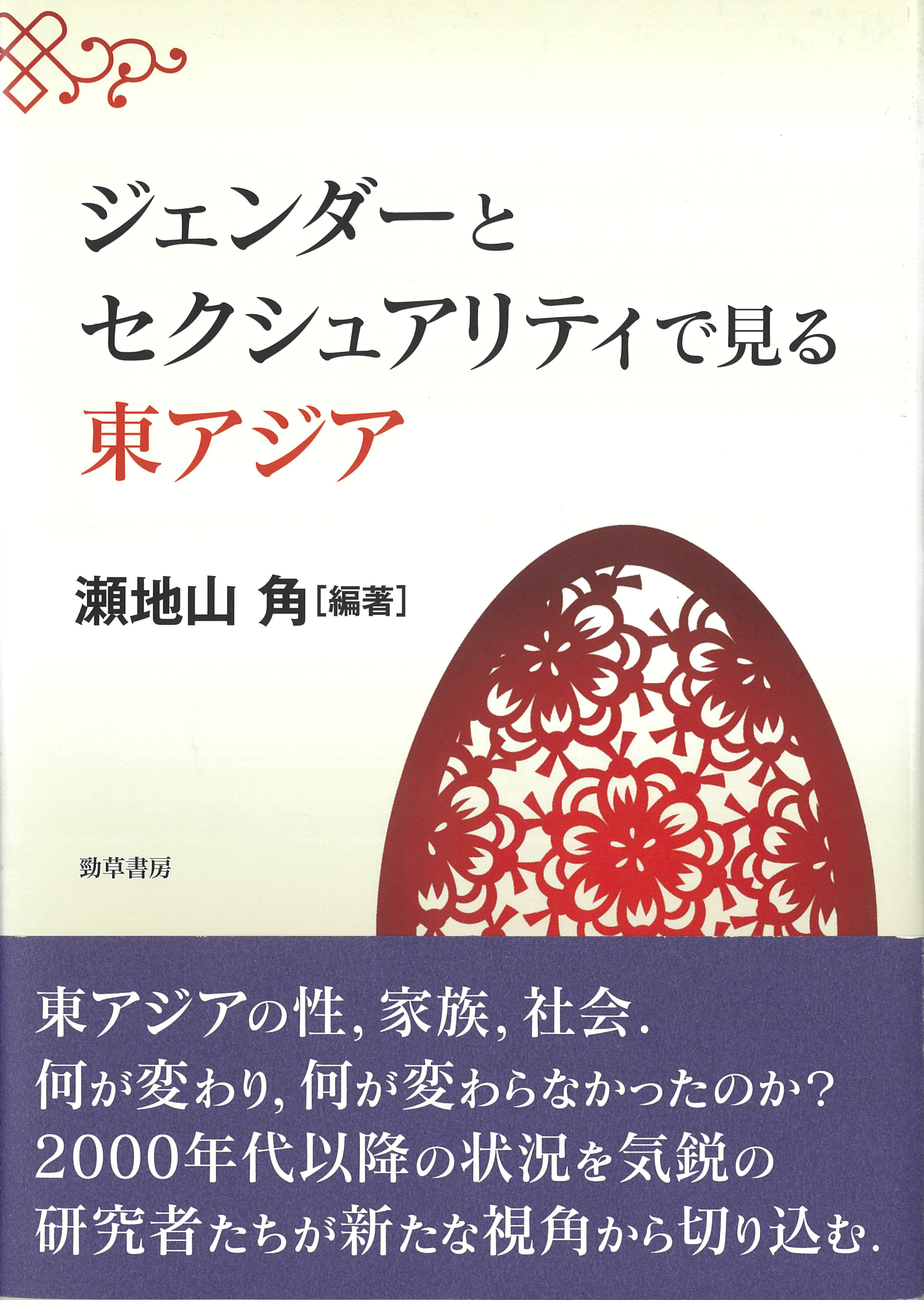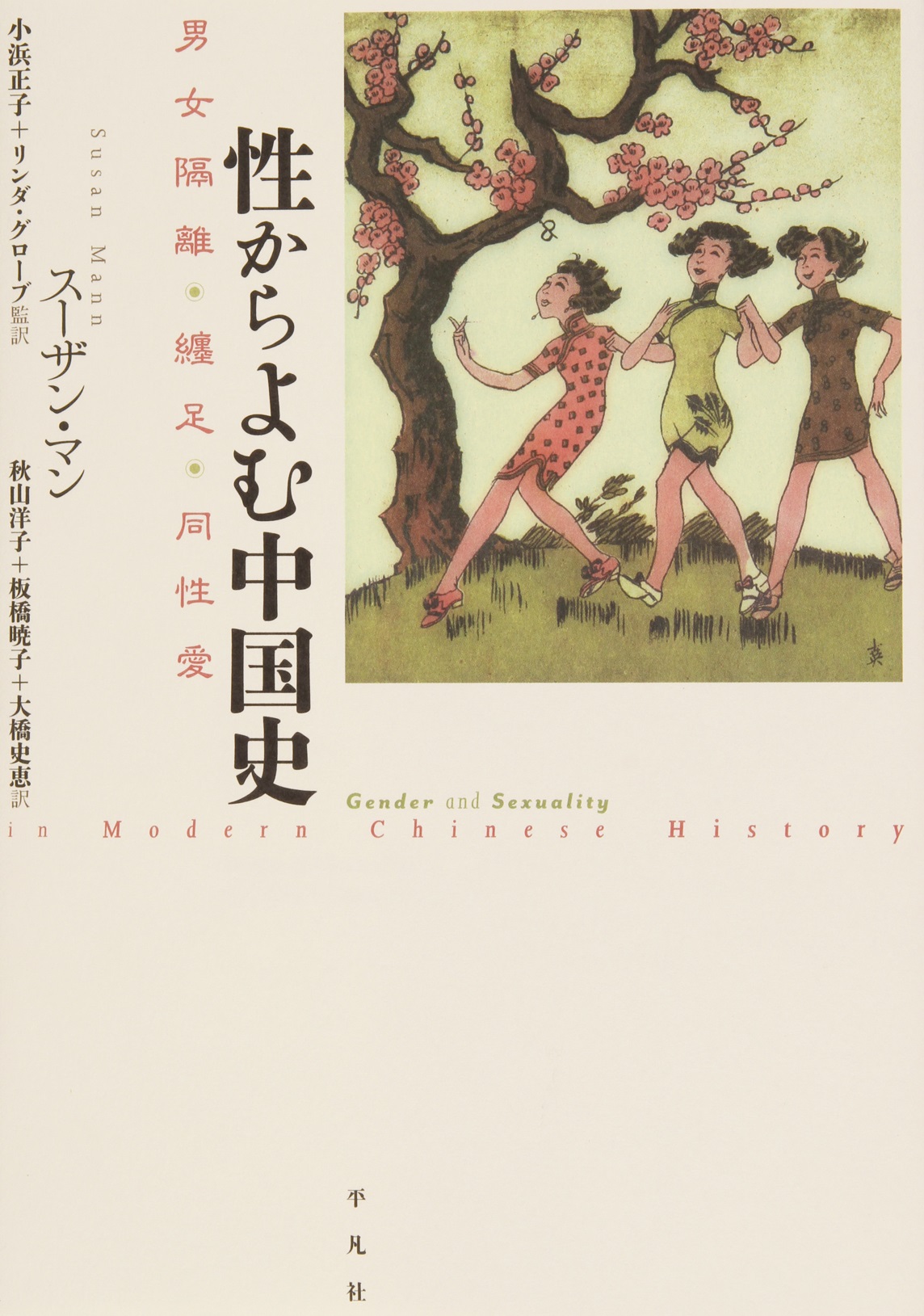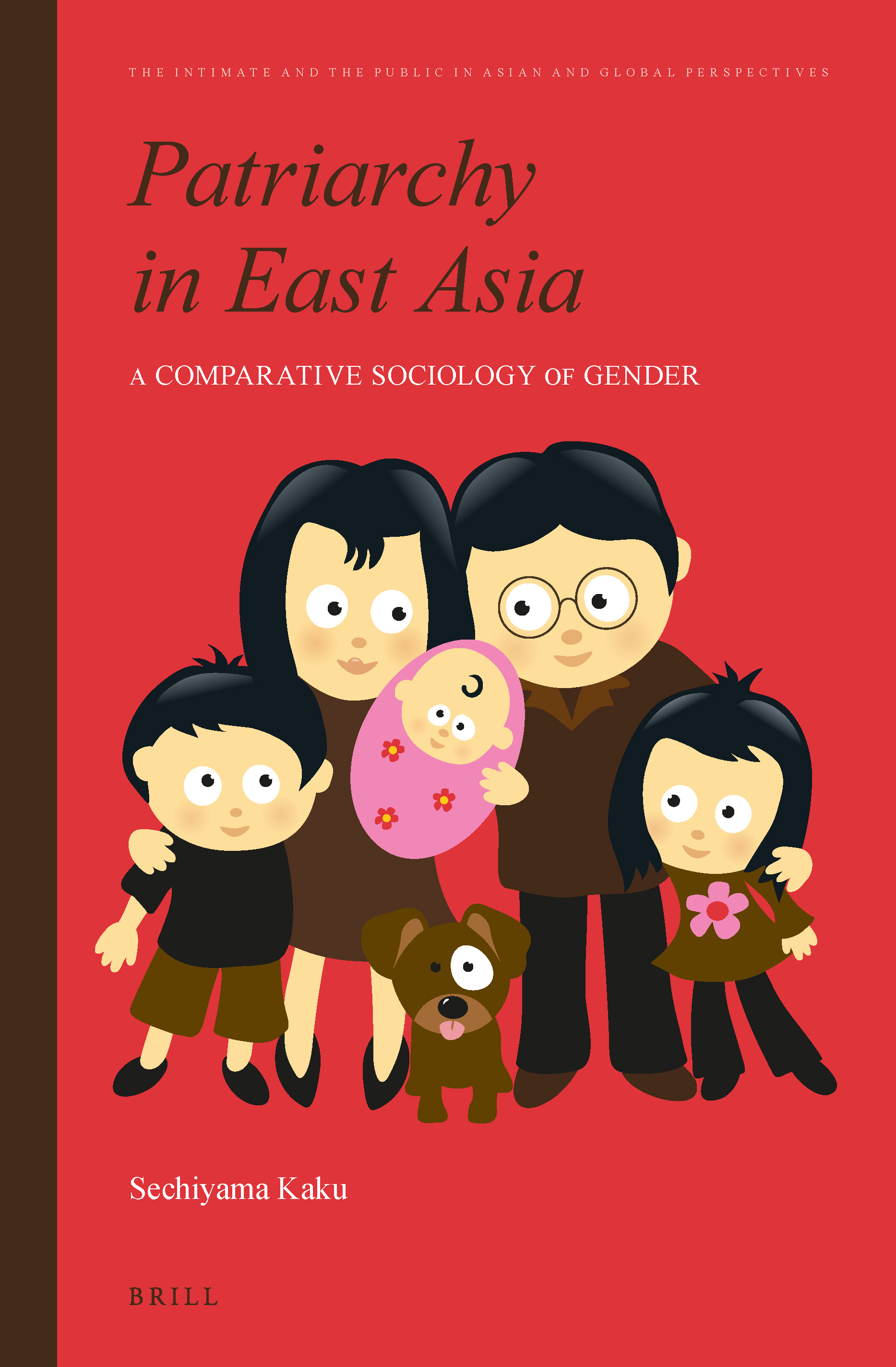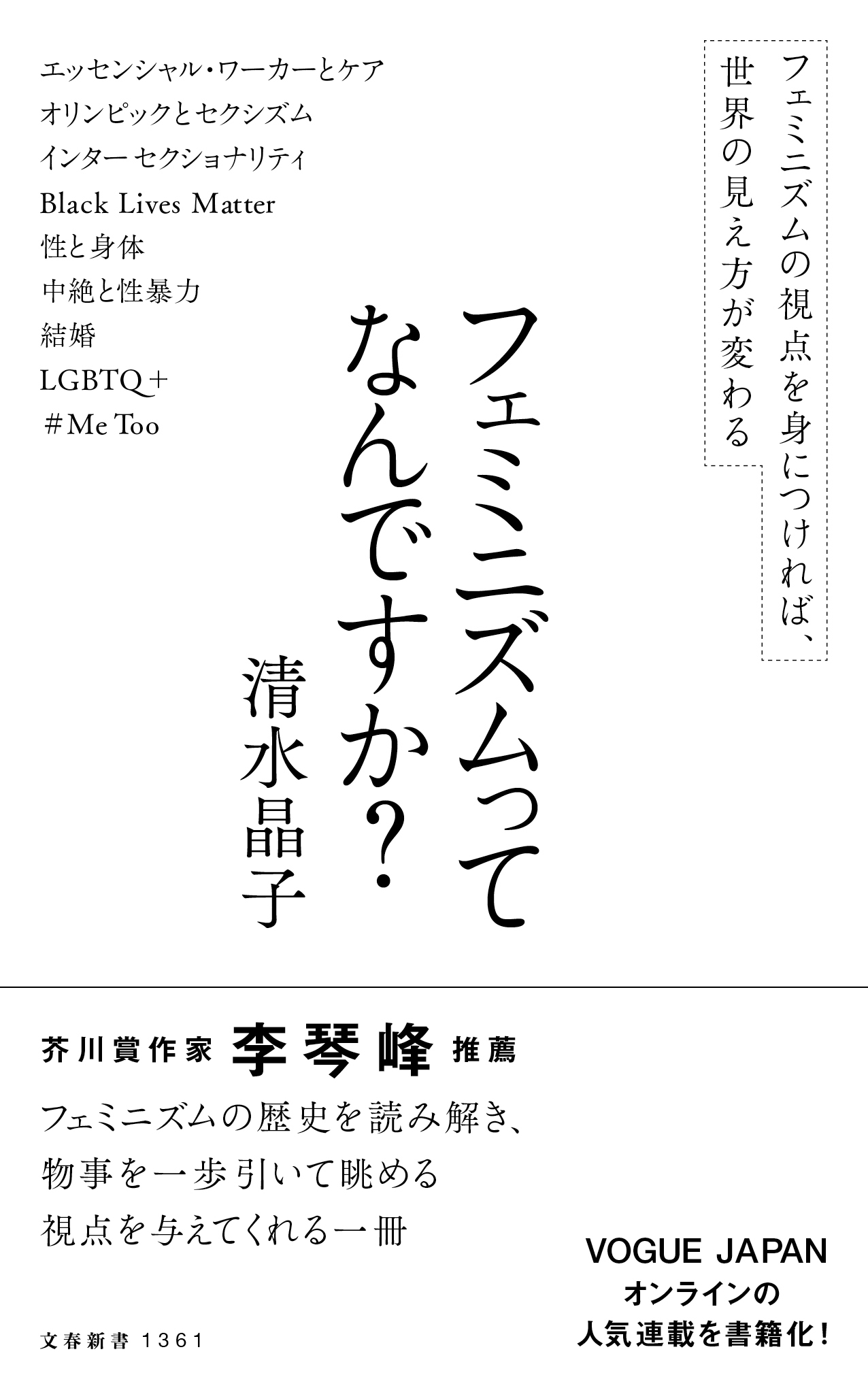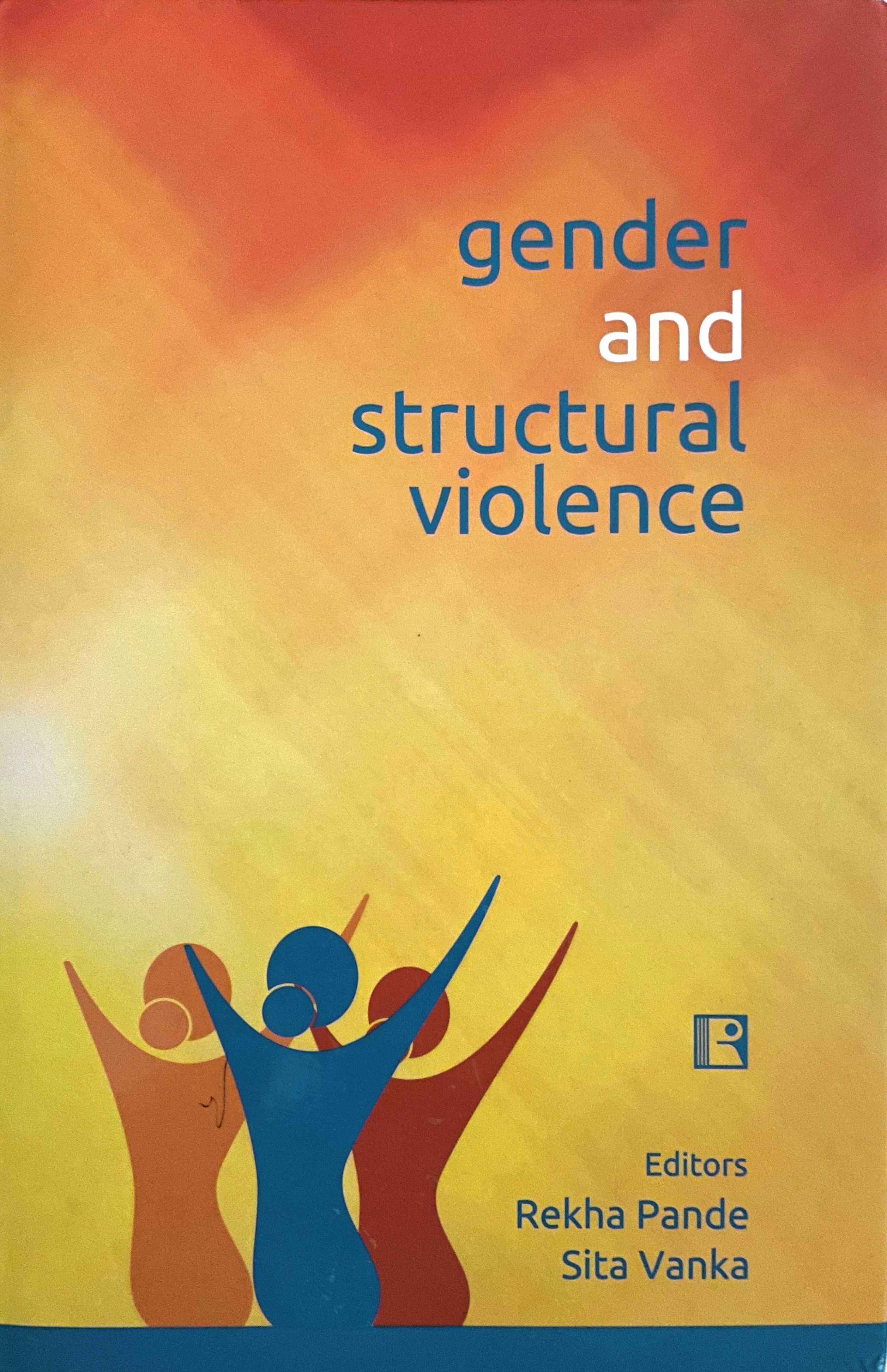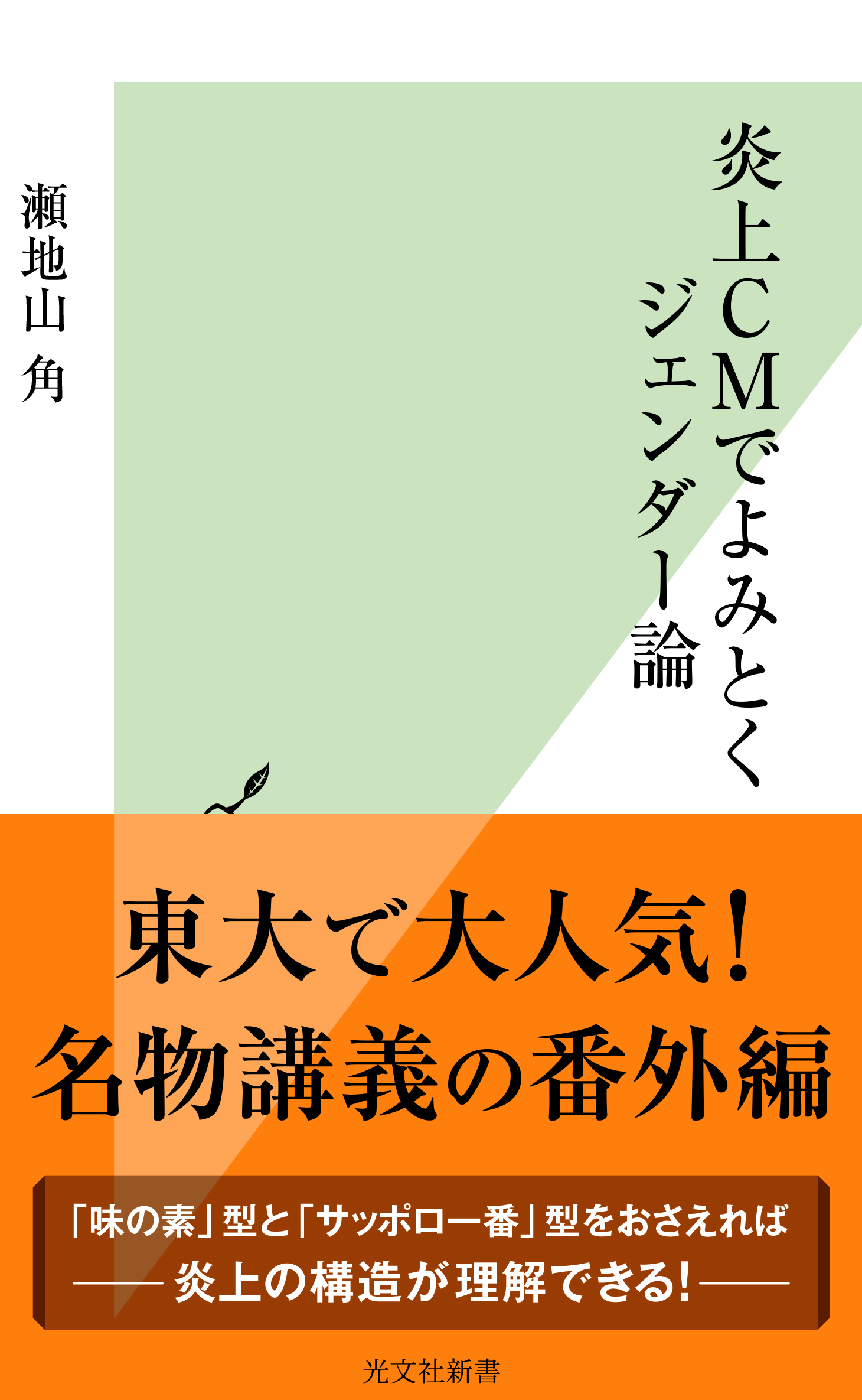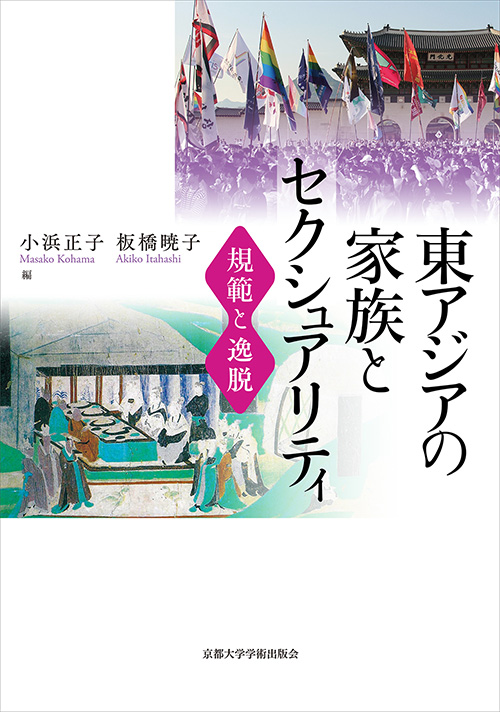
Title
Higashi-Asia no Kazoku to Sexuality (Families and Sexuality in East Asia - Norms and Deviance)
Size
402 pages, A5 format, hardcover
Language
Japanese
Released
February, 2022
Published by
Kyoto University Press
Book Info
See Book Availability at Library
Japanese Page
The book’s subtitle is “Norms and Deviance.” When we think of East Asian norms, perhaps the first to come to mind are those based on Confucian ethics such as filial piety and loyalty. However, as The I Ching and other texts explain, in Confucianism, the starting point of all things in the universe, especially human society, are man and woman or husband and wife. It may seem natural that the union of man and woman or husband and wife should precede that of father and child. However, it should be kept in mind that it is man and woman or husband and wife—the unit of reproduction in a biological sense—and, more broadly, the family and not higher-order social relationships such as those between ruler and ruled, teacher and student, or among friends that are considered the source of “li yi” (order and morality) and that the notion that “husband and wife are the beginning of human morality” spread over subsequent generations. Conversely, this also meant that “improper” relationships between men and women or between spouses and “improper” family structures were considered threats to the social order (that should be regulated by public authority). This notion remains alive and well in East Asian countries today, even though Confucian ethics are much less wide-spread and people’s values have diversified.
The book begins with the statement “It is necessary to study from a comparative historical perspective when and how gender systems such as patrilineal families, male dominance over women, and prohibition of same-surname marriage became established throughout East Asia and how they have changed. In addition, we must not unconditionally assume that the social structure of early modern societies on the eve of the modern era represents “traditional society” that extends back to ancient times” (Masako Kohama, General Introduction: A history of families and sexuality in East Asia). The authors’ underlying concern, which runs through the entire book, is to clarify the evolution of gender structure from the perspective of comparative history.
The book’s uniqueness lies in its unbiased coverage of diverse regions and time periods, true to its emphasis on “comparative” study, and the authors’ specialization in wide ranging fields from sociology to literature and history. The book consists of a General Introduction, 11 articles, and four columns divided into two sections titled “I. Sexuality” and “II. Family” and a connecting section titled “Reproduction.”
Each article presents the latest findings in their respective areas. If I had to choose a few articles in particular for an unspecified audience, I would mention two articles in the Connecting Section that deal with topics—specifically, assistive reproductive technologies (ART) such as surrogacy—where any person could see themselves as an interested party regardless of attributes such as gender, social class, or national origin. Many books on this topic have already been written and published by experts. It is our hope that the results presented in this book and others will deepen the discussion.
For those who, after reading this book, find themselves interested in the historical evolution of sexuality and families in East Asia, we would recommend Higashiajia wa “Jukyō Shakai” ka? Ajia kazoku no hen’yō [Is East Asia a “Confucian Society”? Asian families in transformation] (Kyoto University Press, 2022) edited by Masako Kohama, the lead author/editor of the book and Emiko Ochiai, a sociologist who is well known for her book Kindai Kazoku to Feminizumu [The Modern Family and Feminism]. The book is a collection of essays focusing on East Asia (including Vietnam) in the early modern period when the basic framework for various aspects of society, including family, that we consider “traditional” was established. It describes the process of modernization following the Confucianization of the family system in the early modern period and traces the succession and transformation of family systems in the present day.
(Written by ITAHASHI Akiko, Assistant Professor, The University of Tokyo Library System / 2023)



 Find a book
Find a book


